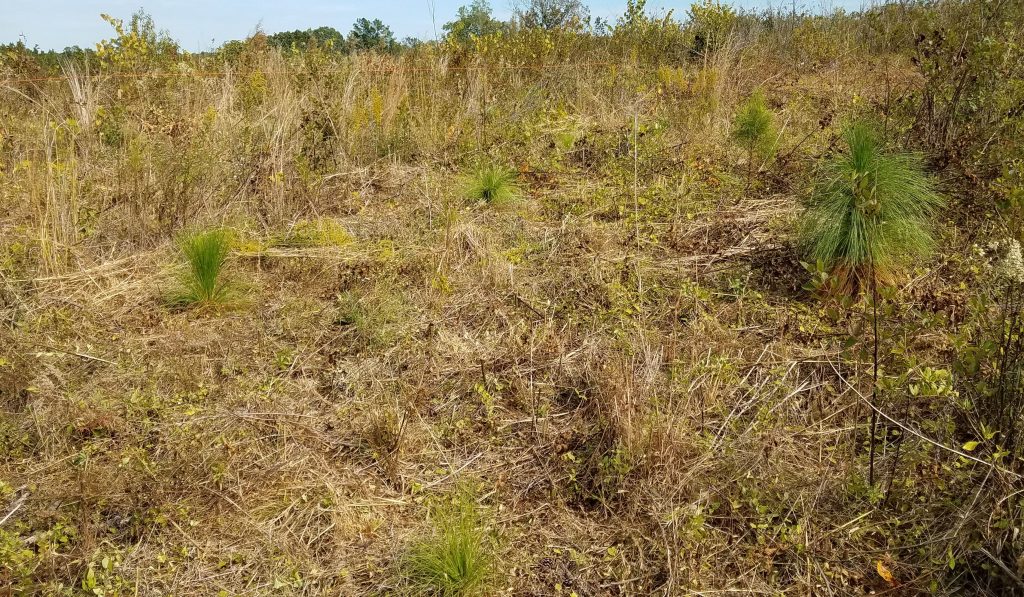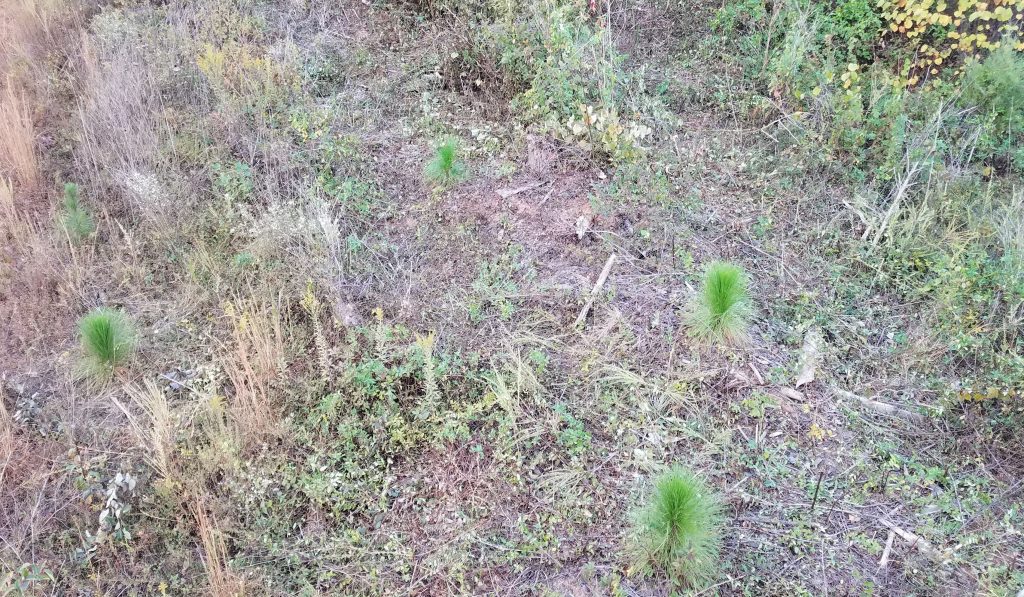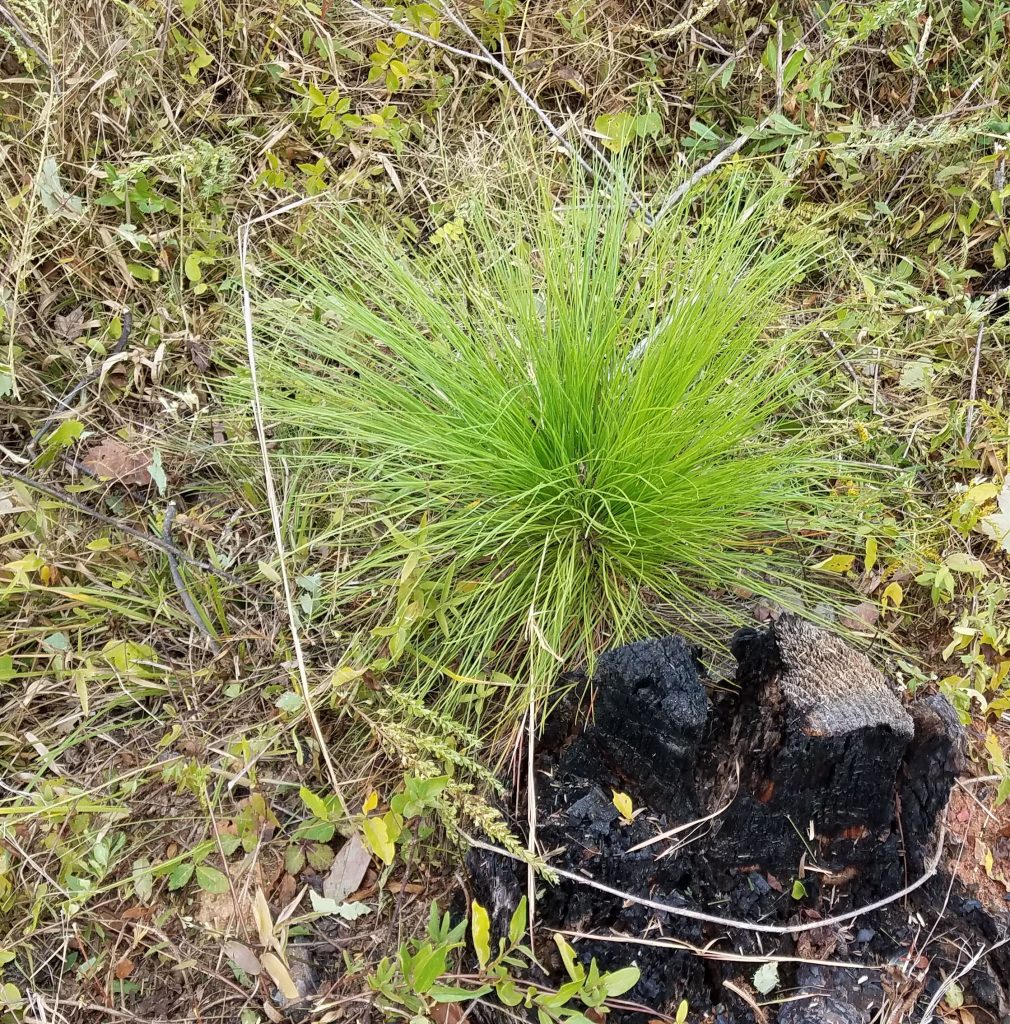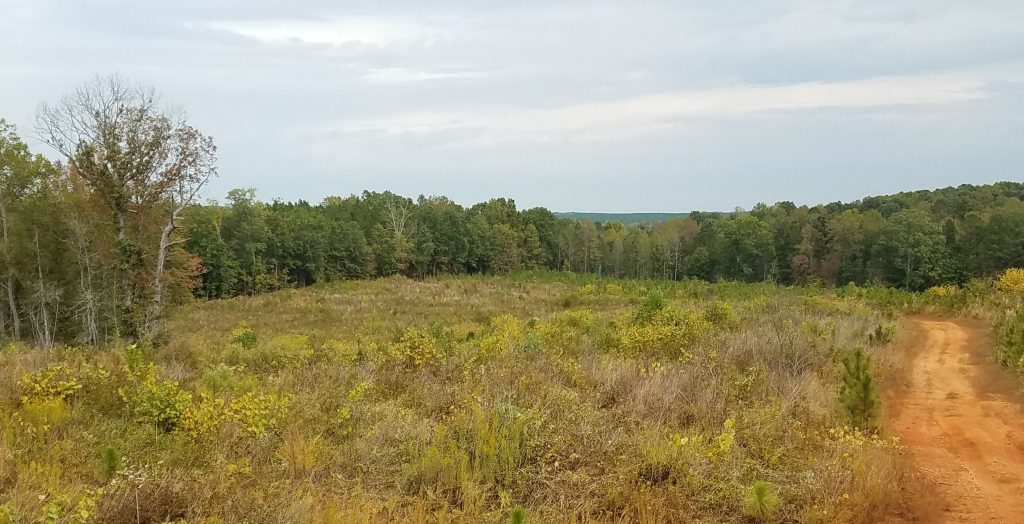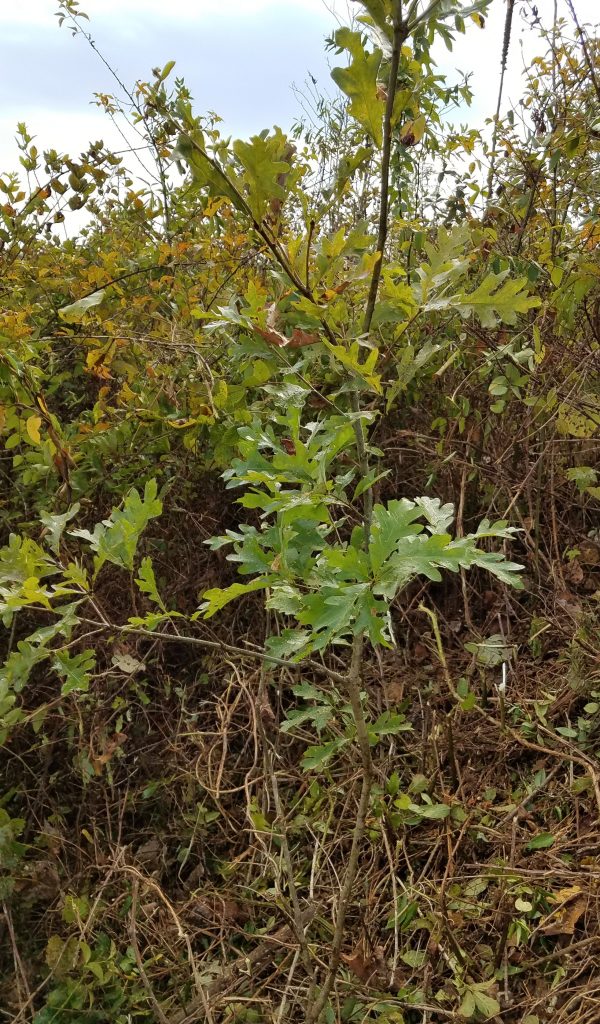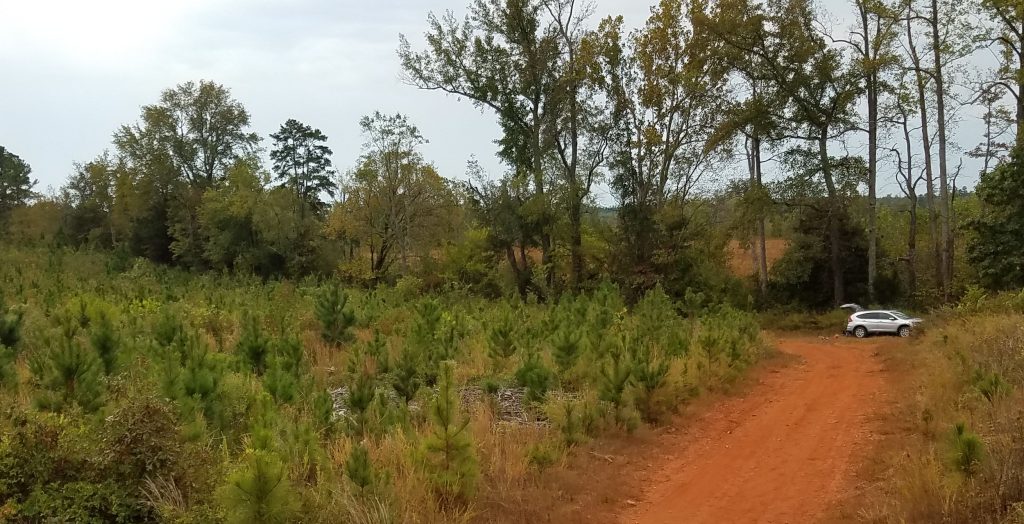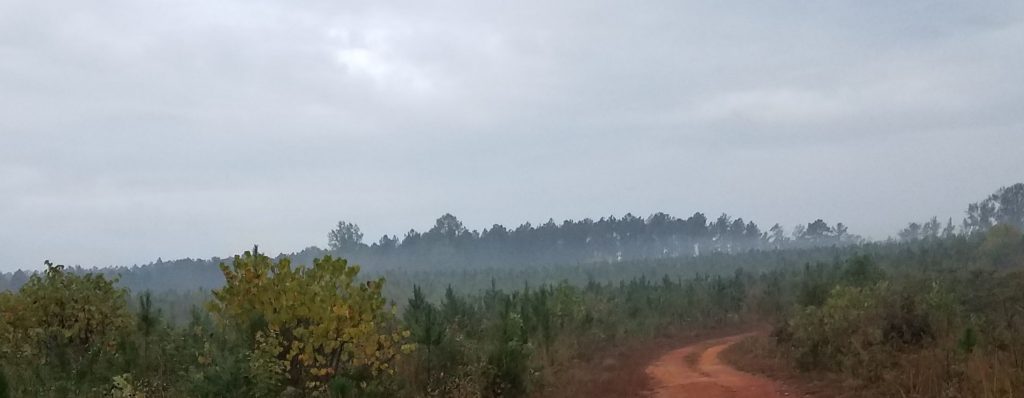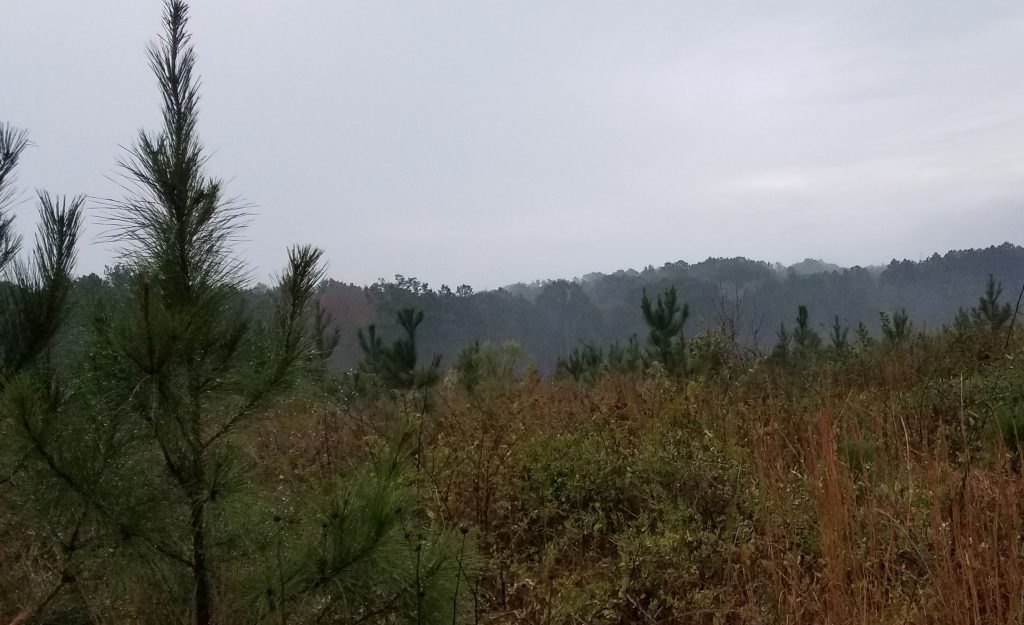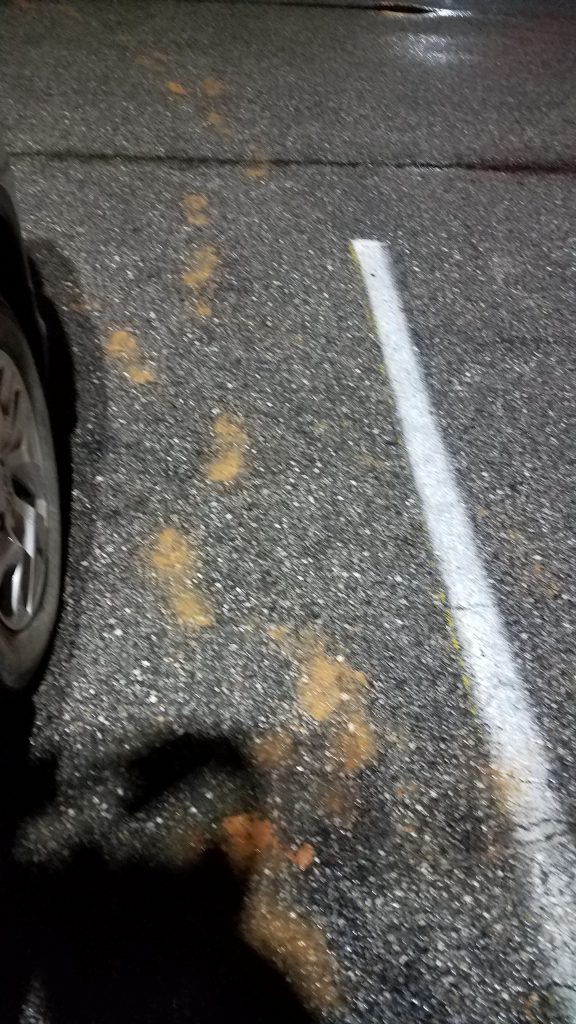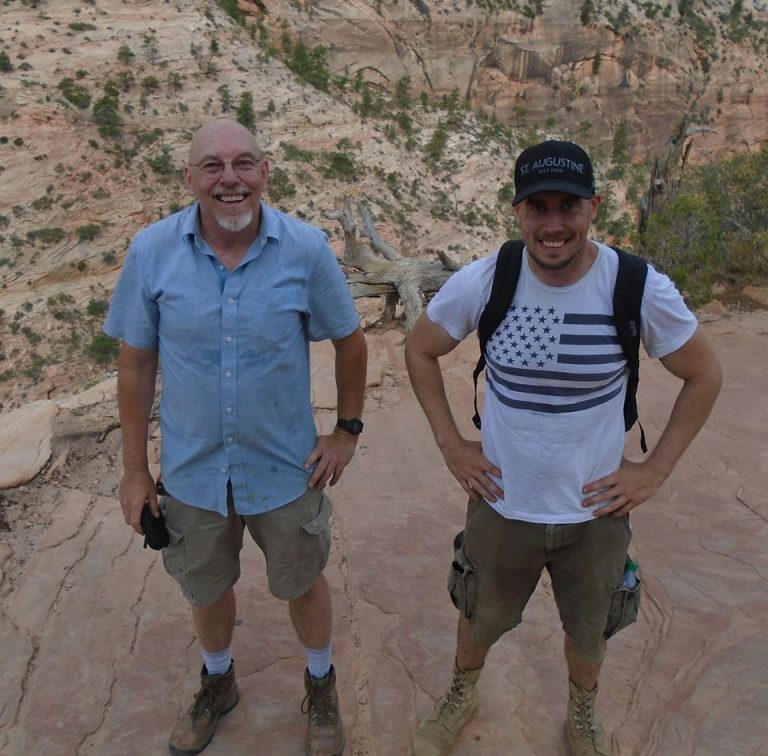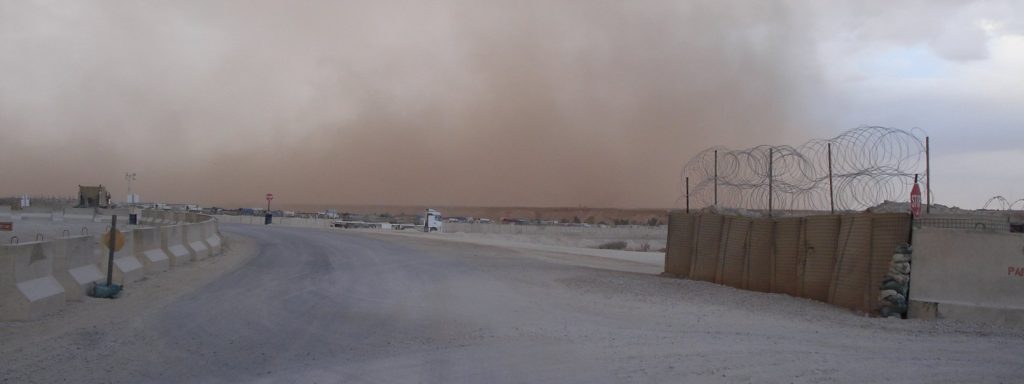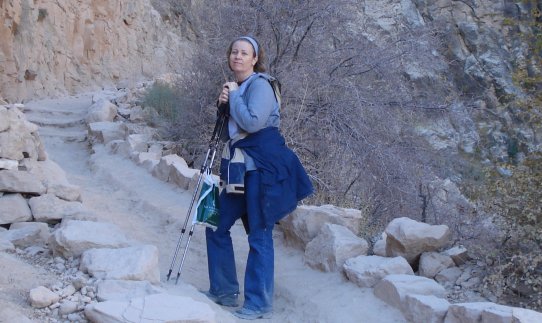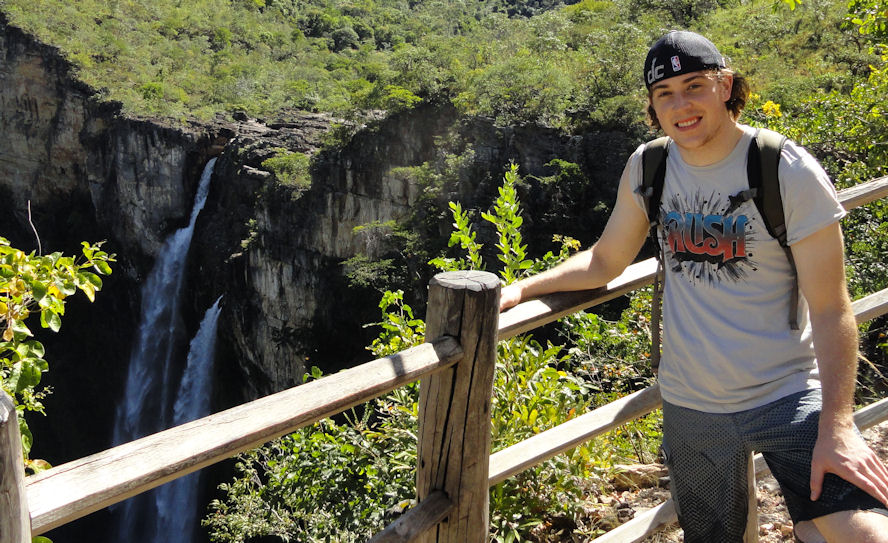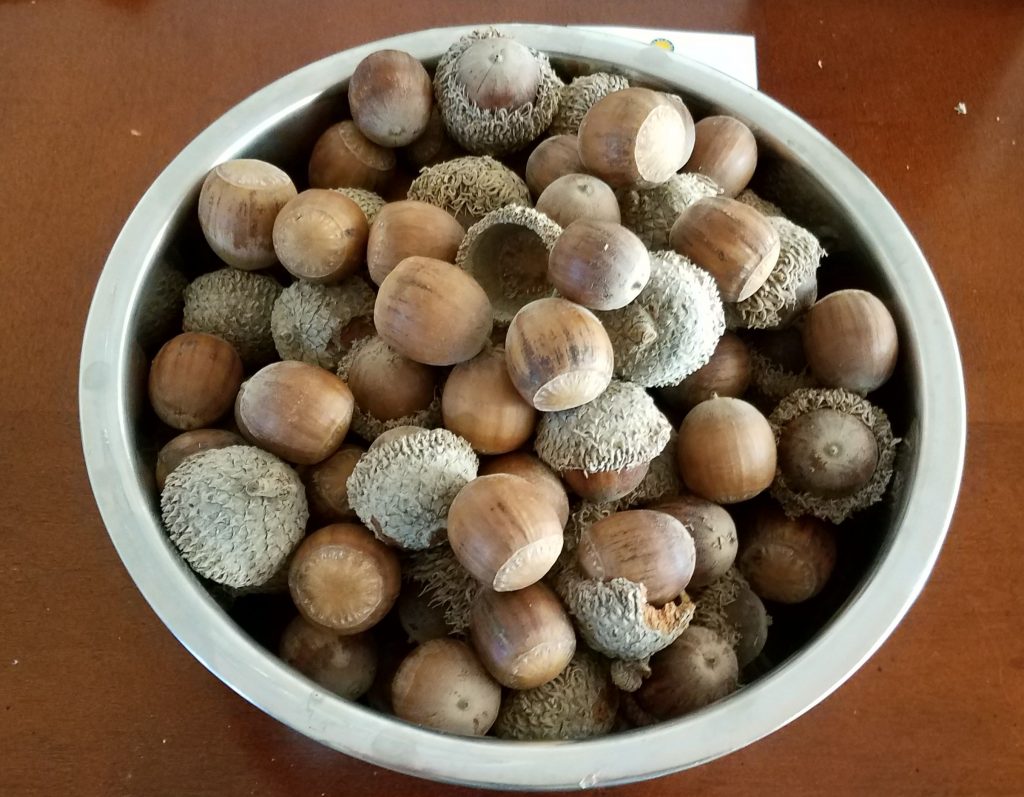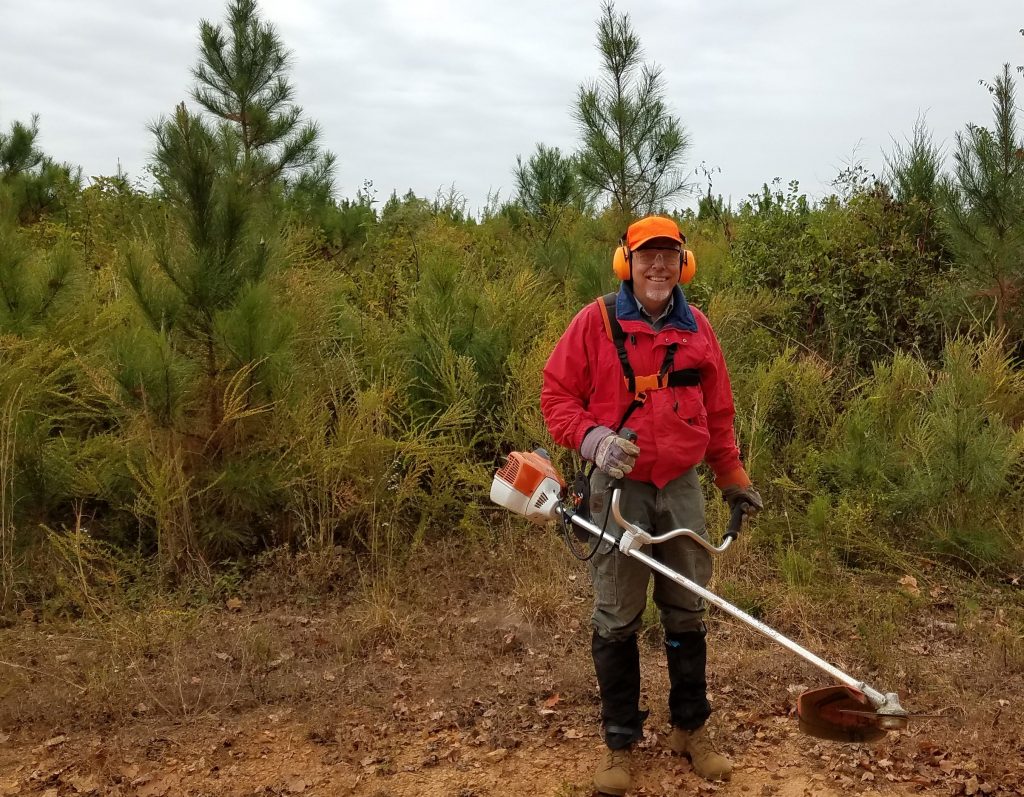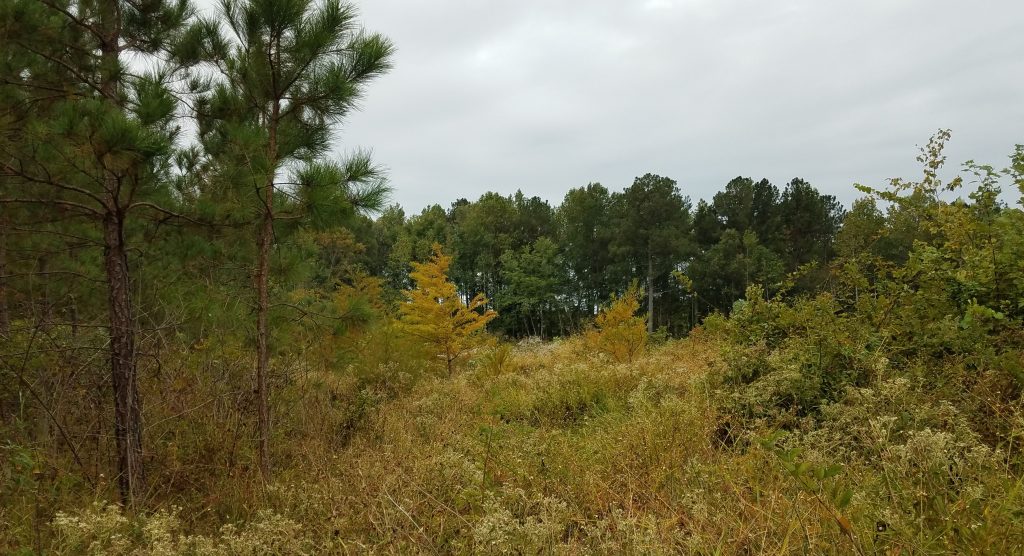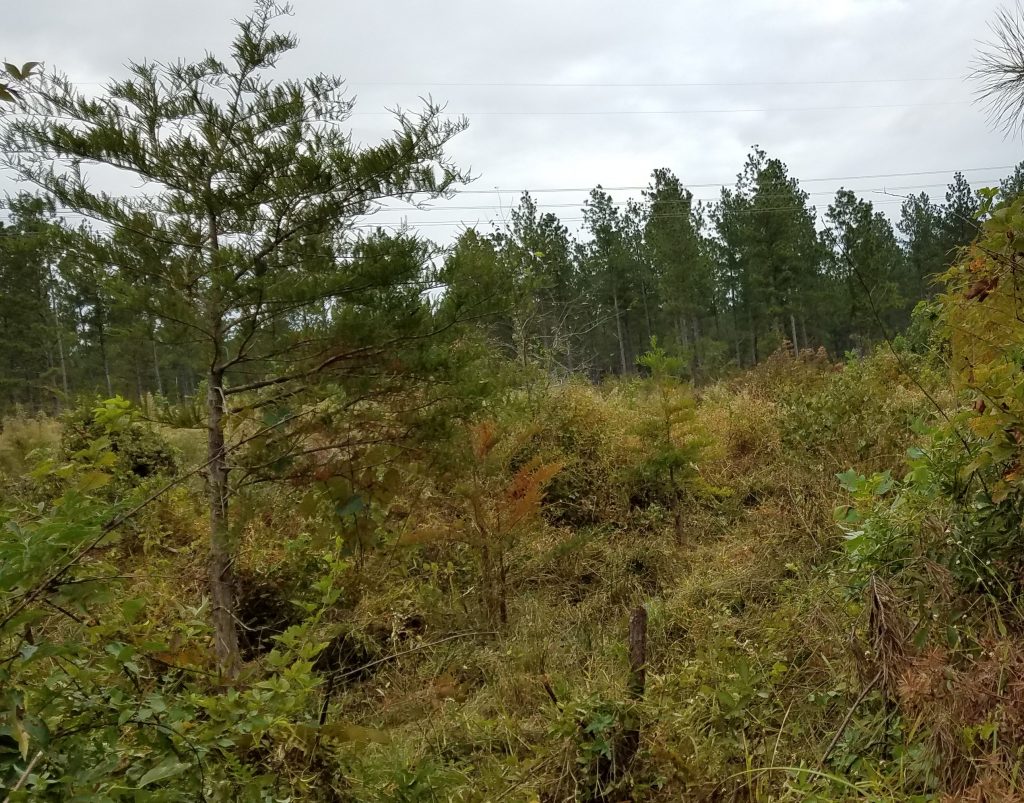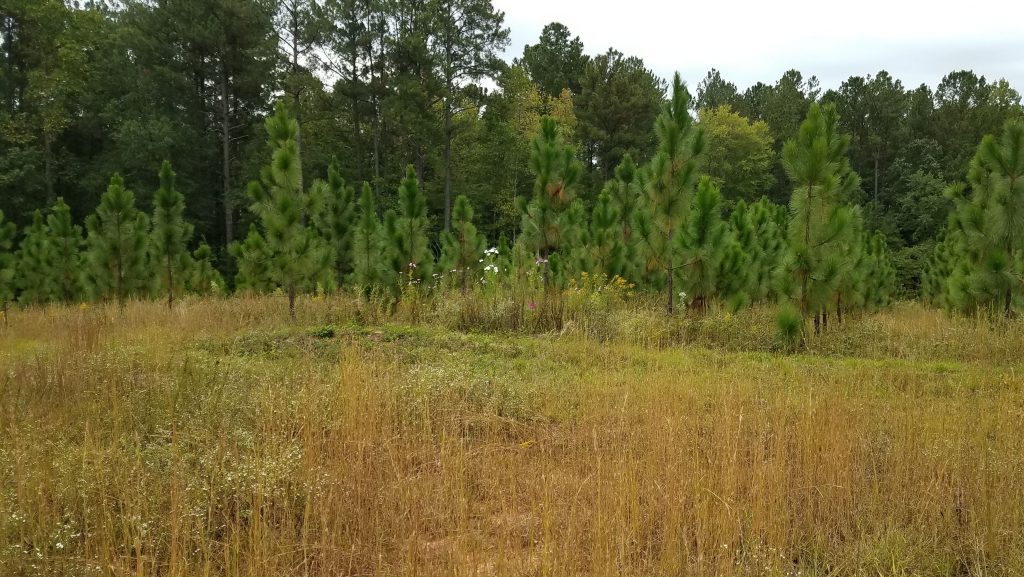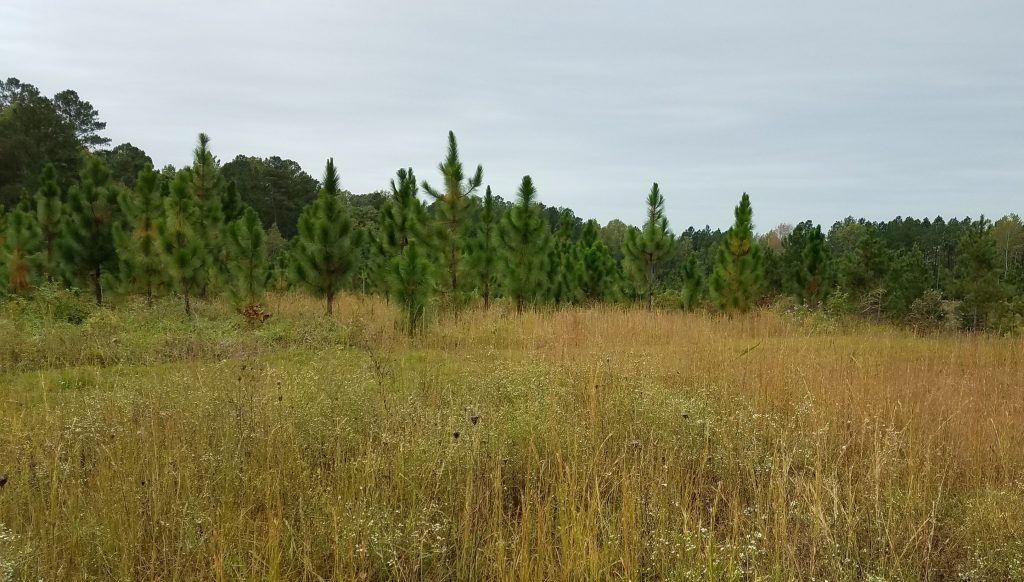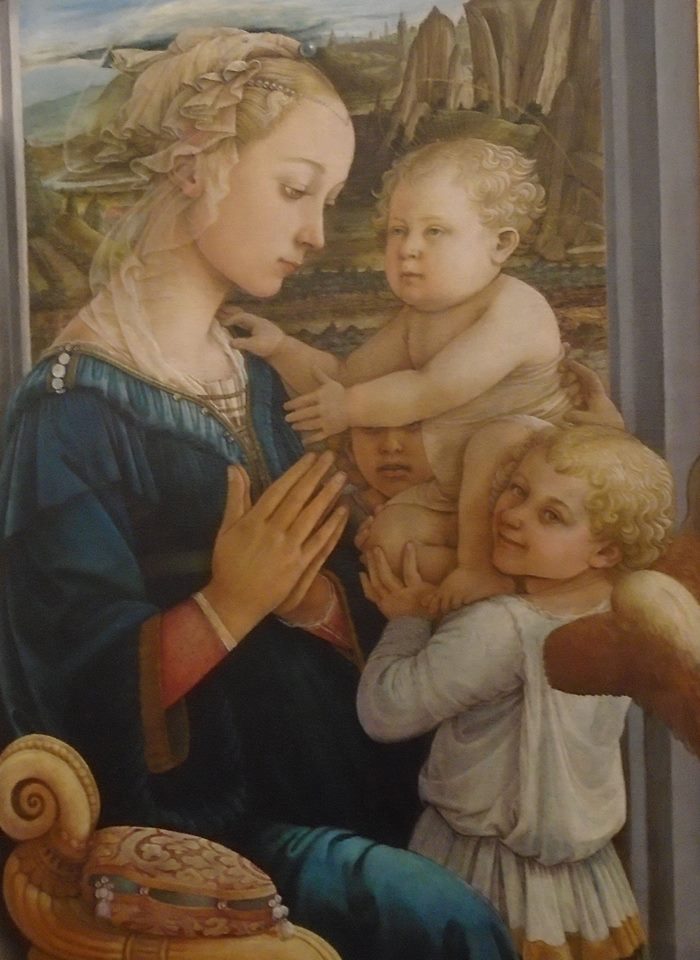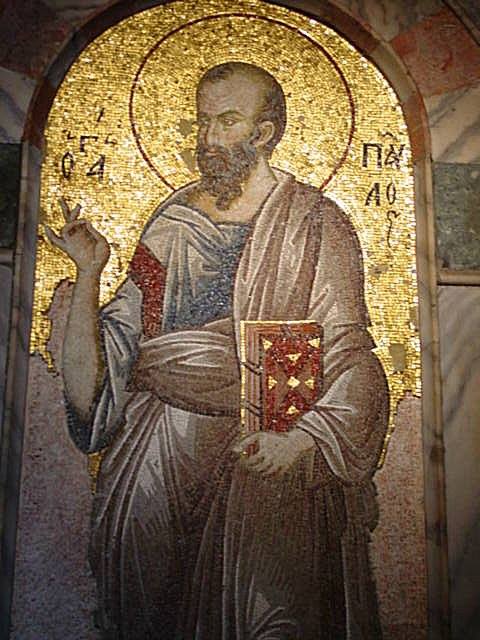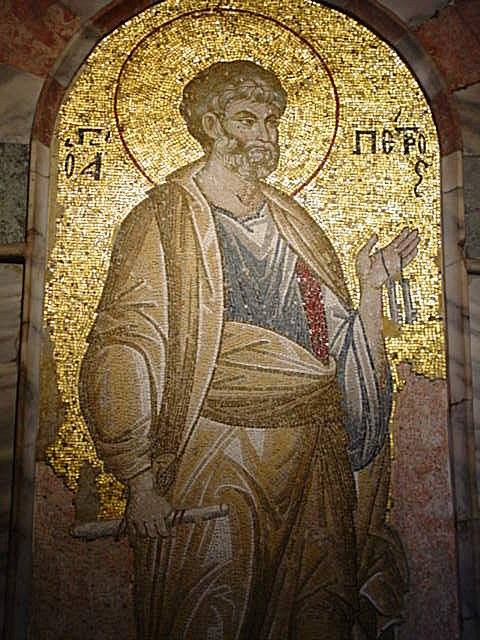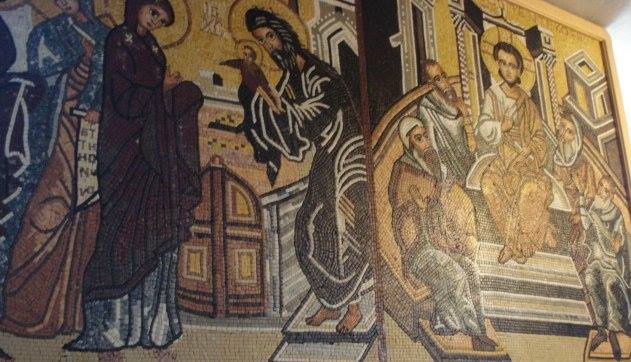The free market system works & all successful societies today are free market democracies. Free market democracies vary from the social democracies like Denmark and the less government involved democracies like the USA or Australia, but they are of the same species.
The bright line is between social democracy and socialism. It is unfortunate that they share the same root word, since it causes confusion. The difference is that in socialism government owns or controls major means of production.
Andrew McAfee is not a stickler for what people call themselves, but whether or not the systems feature what he calls the four horsemen of optimism – tech progress and capitalism combined with public awareness and responsive governments. The first two created and continue to advance the prosperity that they started around 300 years ago. The other two introduce values of the societies.
A way to look at tech & capitalism is that they are tools and methods. Just as you cannot build a house, a bridge or car w/o tools, you cannot build a prosperous society w/o tech and capitalism. They are necessary to a good society but not sufficient. To extend the tools analogy, we can use tools to build a home or a prison. Those are choices.
The tools of tech and capitalism have done so much good that we sometimes do not notice. The book goes into history of how we cured diseases, created widespread prosperity, greatly reduced deep poverty and enabled accelerated scientific advances. I fast-forwarded through this section, but I am aware that most people are unaware of the history so it must be included.
All of the above is common knowledge, if not always widely appreciate. The thrust of the book, implied by the title “More from less” is that market democracies have turned the corner in using less resources despite growing populations and more consumption.
Capitalists are always seeking to cut costs. This means they have the incentive to use less. Tech progress working in this incentive system gives the choices. A simple example is aluminum cans. An aluminum can today used only a fraction of the aluminum a can used decades ago. Even a greater example is what you & I are doing here. I wrote this and you are reading this with no need to print or distribute. We can all have a library of thousands of books with no need to for the resources to make and hold them.
Capitalism and tech progress do an outstanding job making new products. They do not do well with “externalities”. This is where the public awareness & responsive governments come into play. They are the democracy part of market democracy.
The obvious example of this is pollution. We need regulation and public awareness to identify and remedy externalities. There is a constant dynamic in this, but experience here is clear. Market democracies enjoy much healthier environments than others. If you look at the Index of Economic Freedom, you see that economic freedom is clearly related to better environments.
The big challenge today is climate change. Many people think that meeting the challenge will require radical changes. History is not on the side of this interpretation. Puritanical austerity will not do the job. The tools of tech and capitalism can be directed to address this problem too.
Let me give an example of how this worked earlier in my lifetime. I graduated HS into the “energy & resource crisis”. This was called an existential threat and experts told us that our way of life would need to change radically. They made dire prediction of famine, pestilence, deprivation. We were supposed to run out of oil, metals, wood … Scared the crap out of me when I was young. We adapted and overcame so well that it has become easy to dismiss those concerns as baseless. While there was exaggeration and hysteria, most concerns were real and overcome.
The system works. We can and often do change course, but there are no viable alternatives.

amazon.com More from Less: How We Learned to Create More Without Using More



